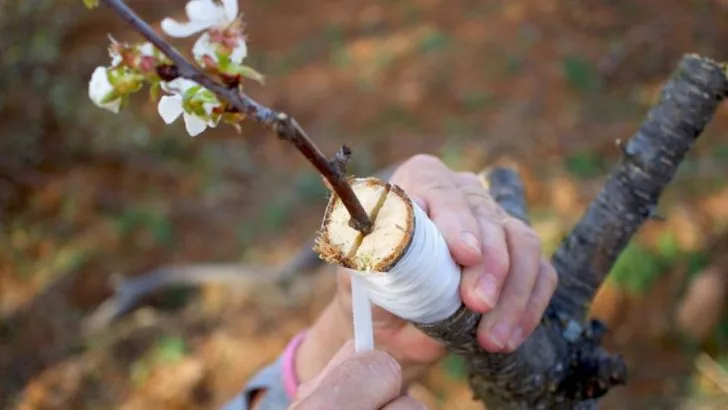Most plants follow nature’s rhythm — they bloom when the time is right. But what if you could gently hack that rhythm and coax your favorite plant into flowering months ahead of schedule? It’s not magic — it’s smart gardening. And yes, it’s possible.
From manipulating light exposure and temperature cues, to adjusting watering cycles, there are surprisingly simple techniques that can send the right signals to your plants. Some methods mimic seasonal changes, others create the illusion of stress (without harming the plant) — all with the goal of triggering unexpected blooms when you want them most.
If you’ve ever wished your amaryllis would bloom in July, or dreamed of winter nasturtiums brightening your kitchen, these 17 tricks might just make that wish come true.
Manipulate Light Cycles
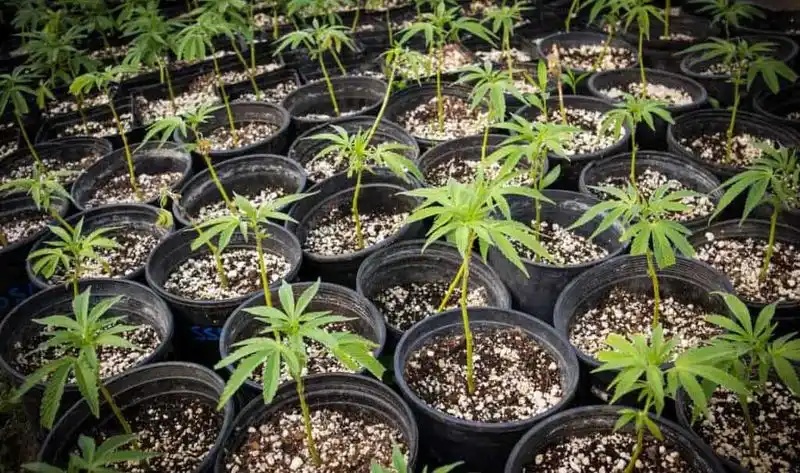
Light plays a crucial role in the life cycle of plants. By controlling the light cycles, you can mimic the day lengths of different seasons. This trick is especially useful for plants like poinsettias that require specific light conditions. A simple timer can automate the process, ensuring consistency. By extending or reducing light exposure, your plant’s biological clock can be fooled, promoting out-of-season blooming. It’s an effective way to coax flowers from plants that are otherwise dormant. Remember, consistency is key, and gradual changes yield the best results.
Temperature Regulation
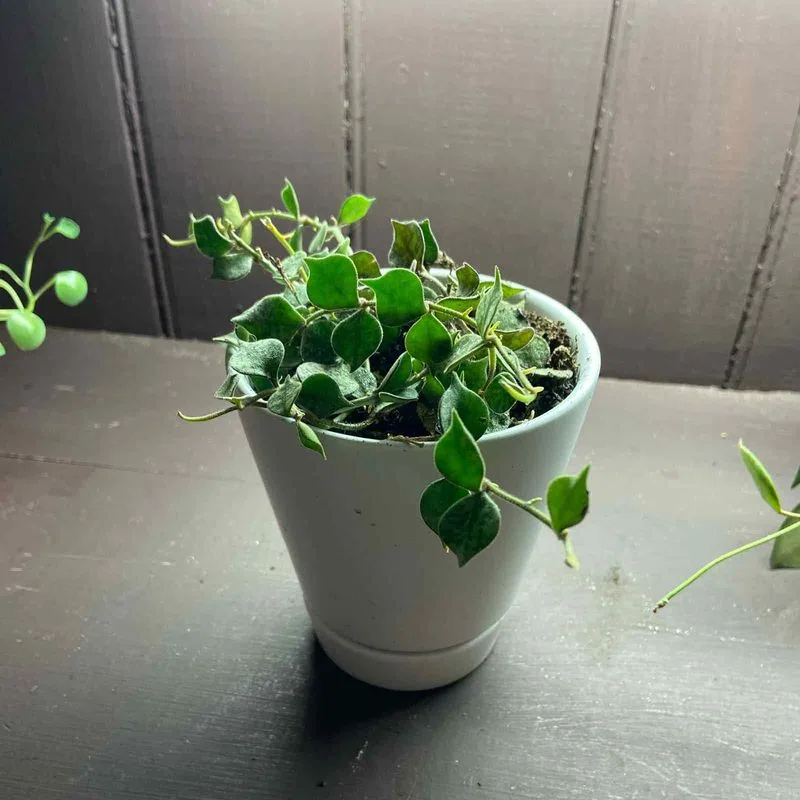
Temperature is another pivotal factor in plant growth. By adjusting temperatures, you can simulate seasonal changes. For example, dropping temperatures slightly can encourage plants like amaryllis to bloom. This method requires careful monitoring to prevent stress. Use thermostats to maintain the desired climate, ensuring a perfect balance for growth. Sudden changes are a no-no; gradual shifts are more effective and safer. This approach tricks the plant into thinking it’s time to flower, defying its natural cycle.
Pruning Techniques
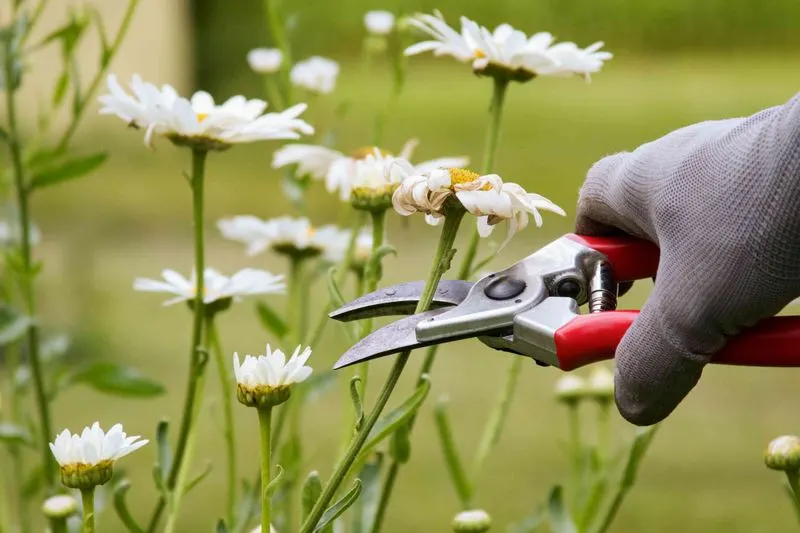
Pruning is not just for shaping plants; it can stimulate flowering too. By selectively trimming branches, you can direct energy towards blooming. This works well with roses and hydrangeas. Pruning encourages new growth, often leading to a burst of flowers. Timing is crucial; knowing when to prune can make a big difference. Pair this with other techniques for maximum effect. It’s an art form that requires practice, but the rewards are often spectacular blooms.
Use of Fertilizers
Fertilizers are the diet every plant craves. By choosing the right balance, you can encourage plants to bloom. High phosphorus fertilizers are particularly effective for flowering. Every plant has its unique needs, so tailoring the nutrients is key. Over-fertilizing can be harmful, so moderation is important. Combine this with proper watering for the best results. A healthy plant fed with appropriate nutrients will often respond by blooming, even when it normally wouldn’t.
Humidity Control
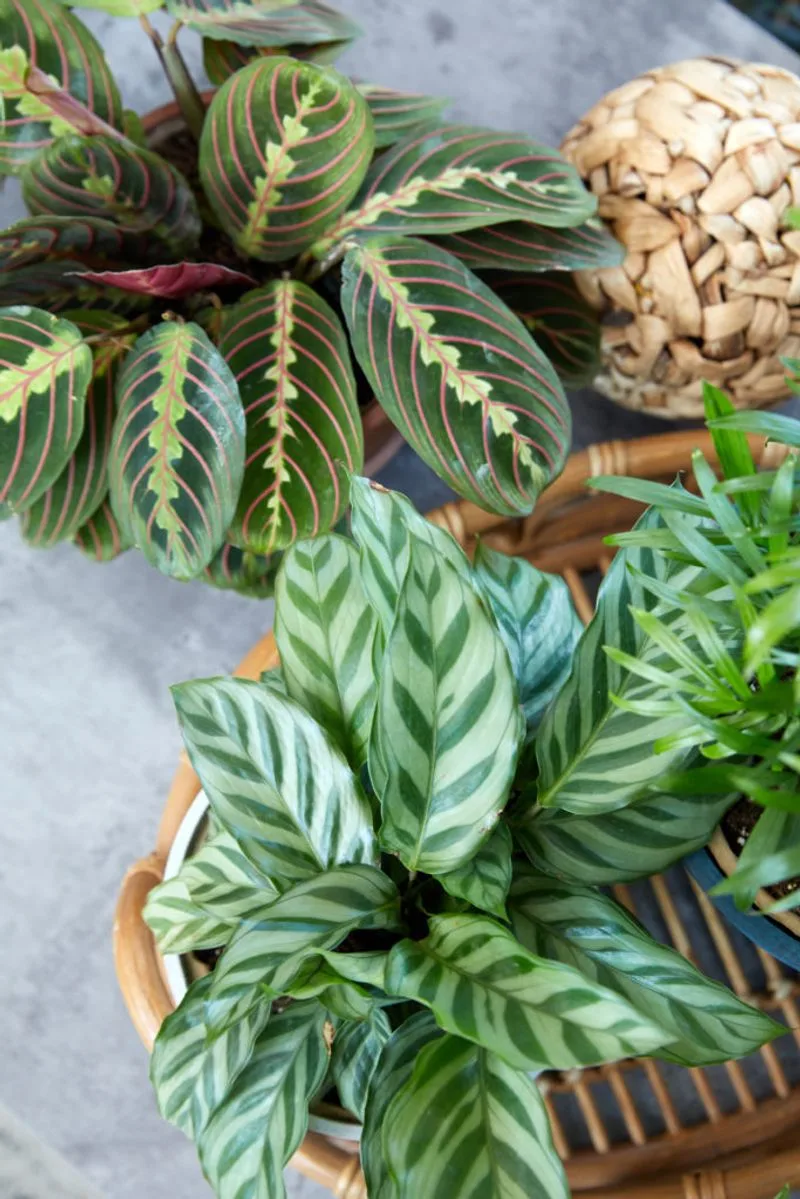
Humidity can influence a plant’s growth and flowering cycle. Some plants thrive in high humidity, while others prefer drier conditions. By adjusting the humidity around your plants, you can mimic their ideal environment. This is particularly useful for tropical plants like orchids. Misting systems or humidifiers can help maintain the right conditions. Always monitor the humidity levels to prevent mold or rot. A plant in its comfort zone is more likely to produce flowers.
Grafting Techniques
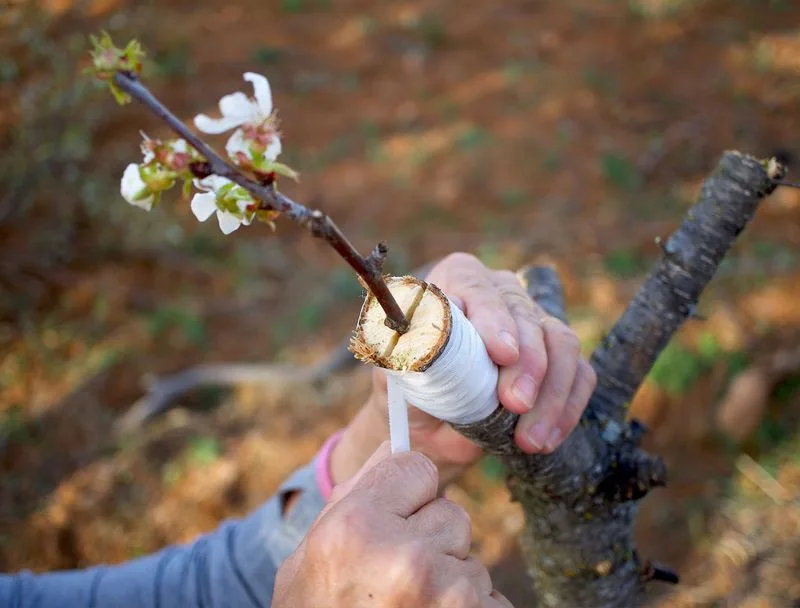
Grafting combines the best traits of two plants into one. It’s a technique used to create plants that bloom more frequently. By grafting a flowering plant onto a hardy rootstock, you can achieve a longer blooming period. This method requires skill and patience but can yield impressive results. It’s often used with fruit trees and roses. The new hybrid plant benefits from the strengths of both parent plants, resulting in prolific blooming. Persistence and practice make perfect with this technique.
Soil Amendments
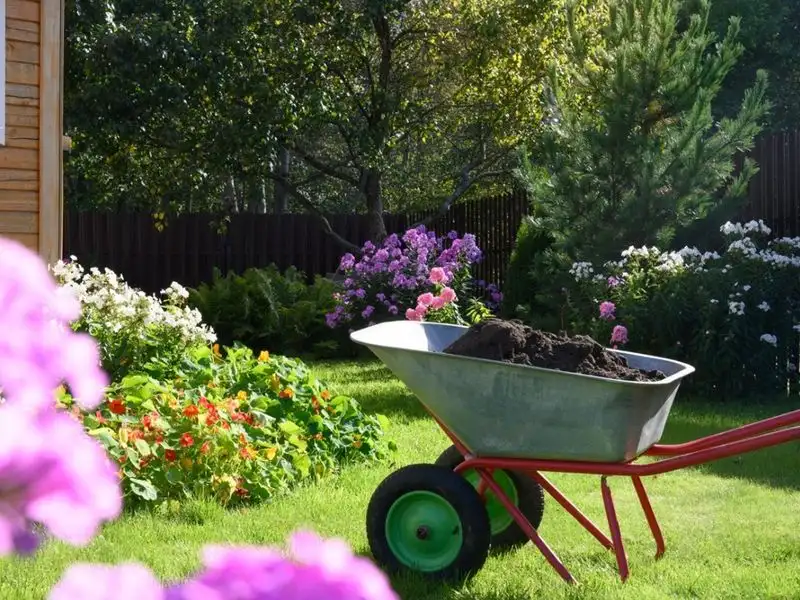
Healthy soil is the foundation of a thriving plant. By amending soil with compost or organic matter, you can enhance its fertility and structure. Improved soil promotes better root development and supports flowering. This technique is beneficial for plants that require nutrient-rich environments. Regularly replenishing soil amendments keeps your plants invigorated and ready to bloom. Tailoring soil conditions to each plant’s needs increases the chances of out-of-season flowering.
Use of Growth Regulators
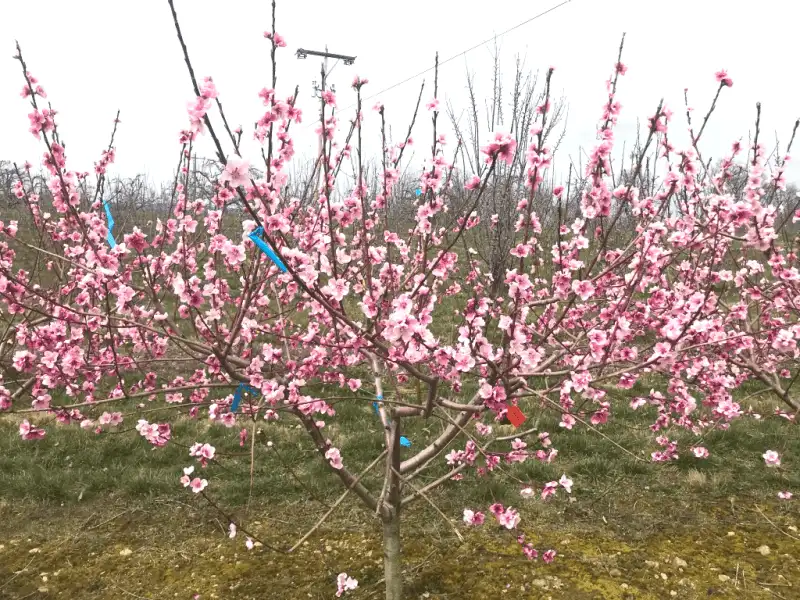
Growth regulators can alter a plant’s development and flowering pattern. These chemical compounds, when used correctly, can trigger blooming in a variety of plants. They are often used in agriculture to synchronize flowering in crops. Careful application is essential to avoid adverse effects. It’s a powerful tool for coaxing plants into flowering out of season. This technique offers control over the timing and uniformity of blooms, making it valuable for both hobbyists and professionals.
Hydroponic Systems
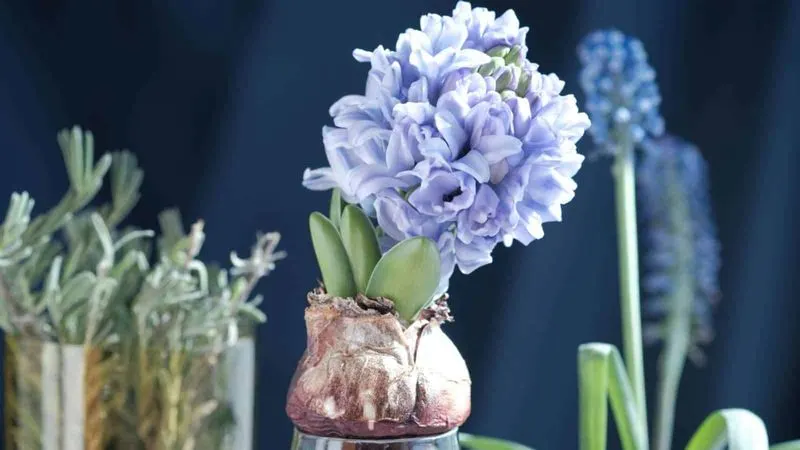
Hydroponics offers a soil-free alternative to traditional gardening. By providing plants with nutrient-rich water, you can control their growth environment precisely. This method allows you to manipulate factors like light, temperature, and nutrients easily, promoting blooming. Hydroponic systems are ideal for gardeners wanting to push the boundaries of seasonal growth. Innovations in this field continue to make it accessible and efficient, especially for flowering plants. Mastery of this system can lead to spectacular out-of-season blooms.
Drought Stress Induction

Oddly enough, a little stress can encourage blooming. By deliberately withholding water, you can trigger a survival response in some plants, prompting them to flower. This technique is risky and should be used sparingly. Certain desert plants respond well to this method, using blooms as a last-ditch effort to reproduce. It’s a game of balance; too much stress can harm the plant. When applied correctly, it’s a surprising way to coax flowers from reluctant bloomers.
Artificial Pollination
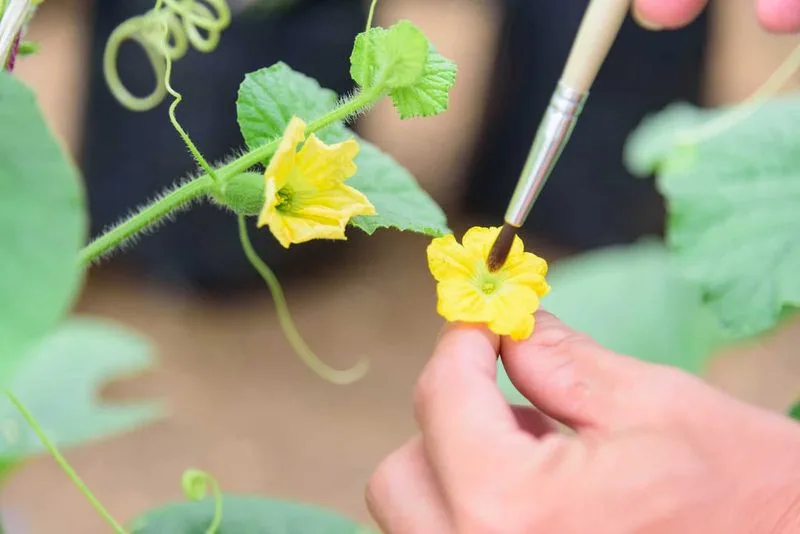
Sometimes nature needs a little help. If your plant is reluctant to bloom, artificial pollination might do the trick. By transferring pollen manually, you can encourage flowering and fruiting. This is commonly used in greenhouses and with indoor plants. All it takes is a small brush and a bit of patience. This method allows you to control the pollination process, increasing the chances of a successful bloom. It’s a hands-on approach that can yield beautiful results.
Companion Planting
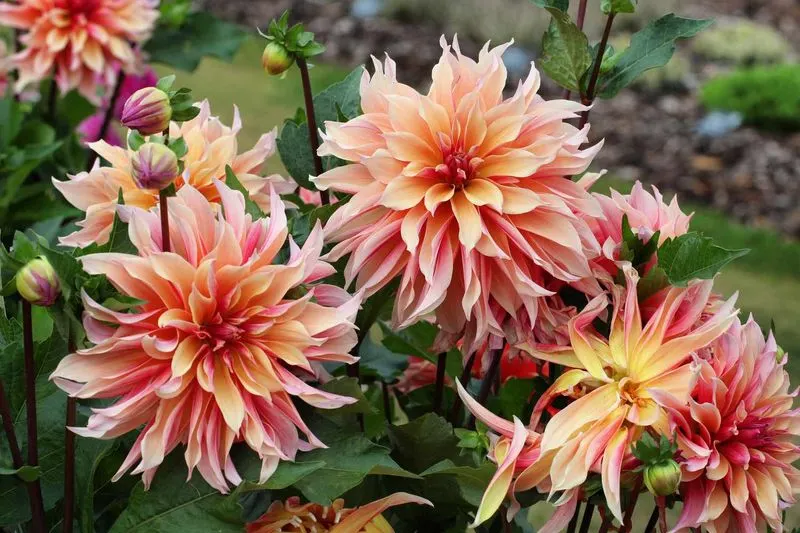
Plant companionship can work wonders. Pairing certain plants together can encourage blooming. This method utilizes natural plant relationships to stimulate growth and flowers. For example, marigolds can promote blooming in tomatoes. The key is knowing which plants complement each other. Companion planting not only enhances growth but also deters pests and enriches the soil. It’s a holistic approach to gardening that encourages out-of-season flowering through natural synergy.
Timing of Watering
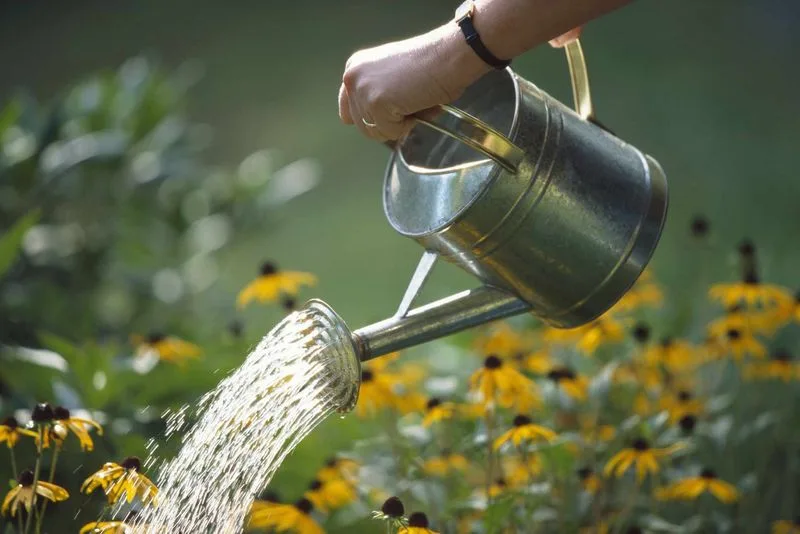
Watering at the right time can make all the difference. Early morning or late evening watering helps plants absorb moisture efficiently. This timing mimics natural dew patterns, which can encourage flowers to bloom. Consistent watering schedules help maintain plant health, promoting blooming. Too much water can drown roots, while too little can stress the plant. Finding the right balance is crucial. Timing your watering routine can be a simple yet effective tool in coaxing blooms.
Wind Exposure
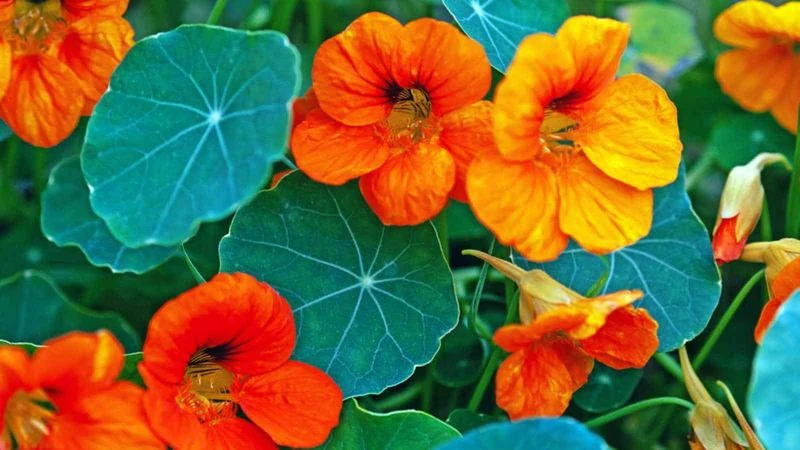
A gentle breeze can be surprisingly beneficial. It strengthens stems, helping plants to support more blooms. Wind exposure encourages air circulation, reducing the risk of mold and disease. In some cases, it can even encourage flowering as a form of stress response. It’s a natural way to promote healthy growth and blooms. Ensure that the wind is not too harsh, which can damage plants. Moderation is key for this technique to be effective.
Use of Mulch
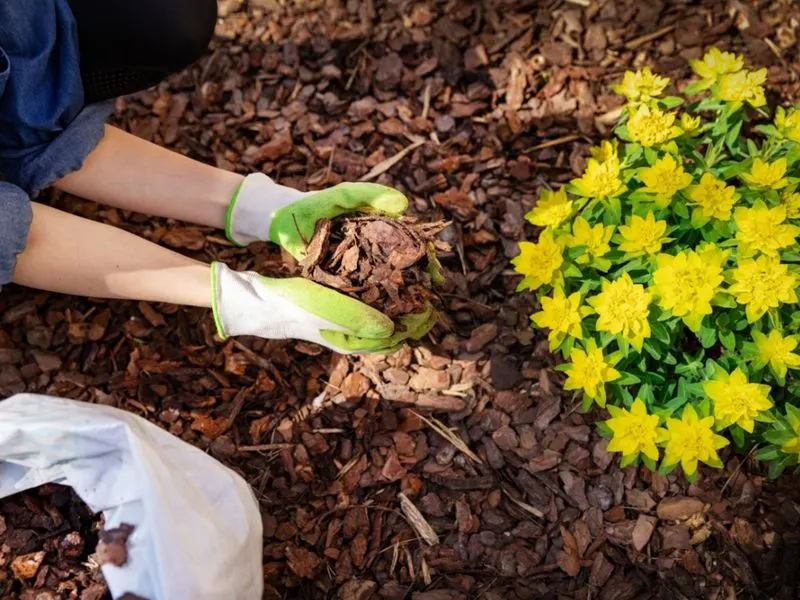
Mulch does more than just decorate. It retains moisture, regulates soil temperature, and can encourage blooming. By insulating roots, mulch creates a stable environment for growth. This is particularly useful during seasonal transitions. Organic mulches also break down, adding nutrients to the soil. This dual action supports plants in their blooming efforts. Mulch is a gardener’s ally in maintaining healthy, flowering plants, even out of season.
Seasonal Mimicry
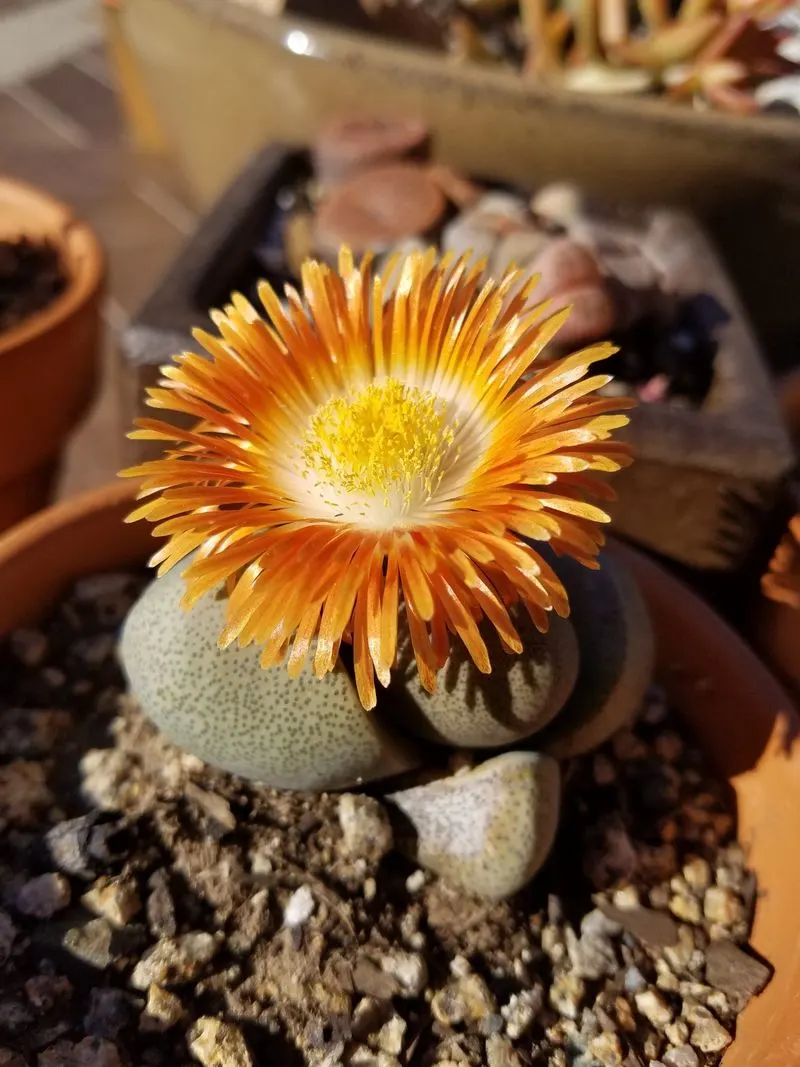
Creating a microclimate can trick a plant into thinking it’s another season. This involves controlling light, temperature, and humidity to mimic ideal conditions for blooming. It’s like giving your plant a vacation to its favorite season. This technique can be complex but rewarding. It allows full control over the growing environment, encouraging plants to flower when they wouldn’t naturally. Perfecting this method requires practice but can lead to beautiful off-season blooms.
Cultural Practices
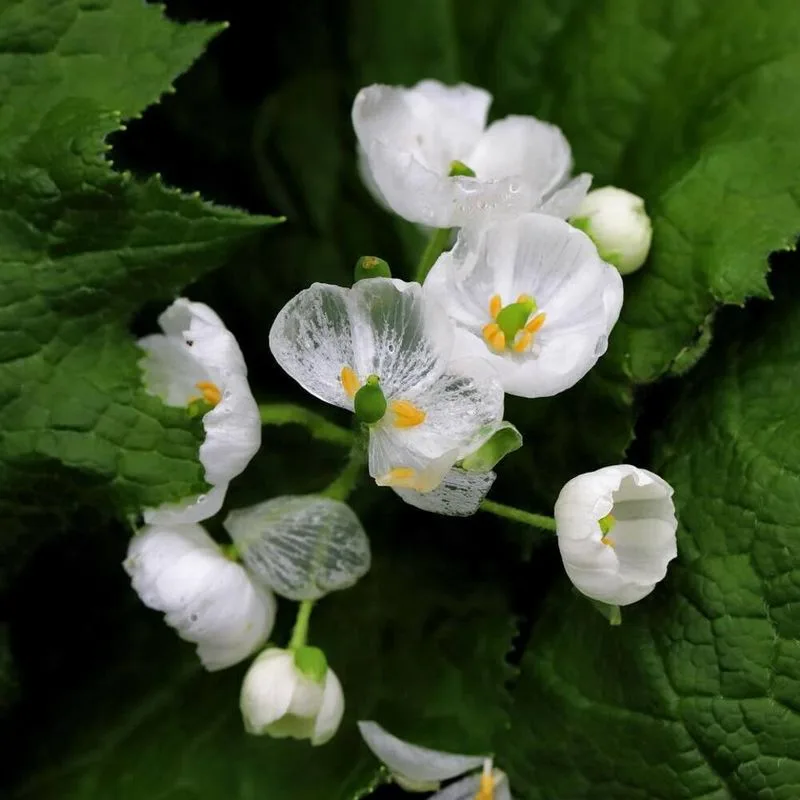
Traditional gardening practices passed down through generations often hide secrets to successful blooming. These might include specific planting depths, spacing, or times of planting. Such cultural practices are based on years of observation and can encourage out-of-season blooming. Adapting these age-old techniques to modern gardening can yield impressive results. It’s about learning from the past and applying those insights today, ensuring your plants get the best care possible. Embrace these methods to enhance your garden’s floral display.

